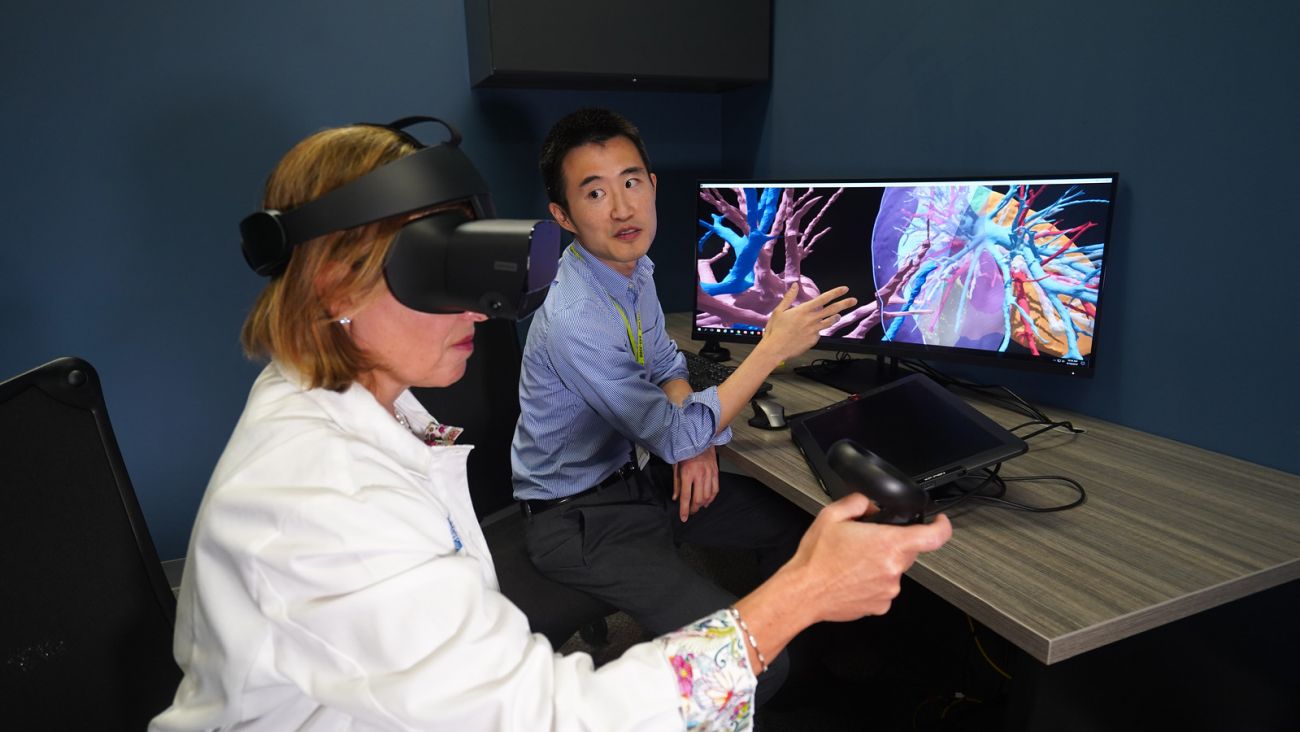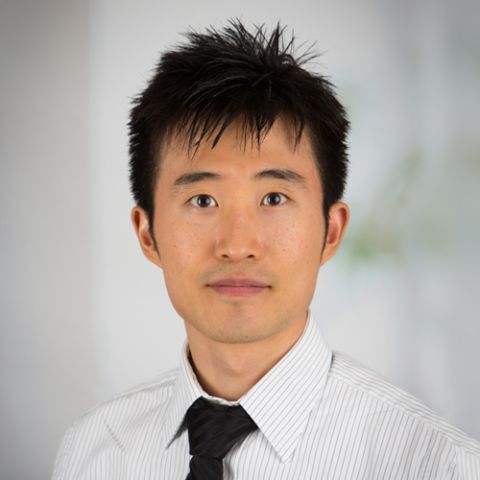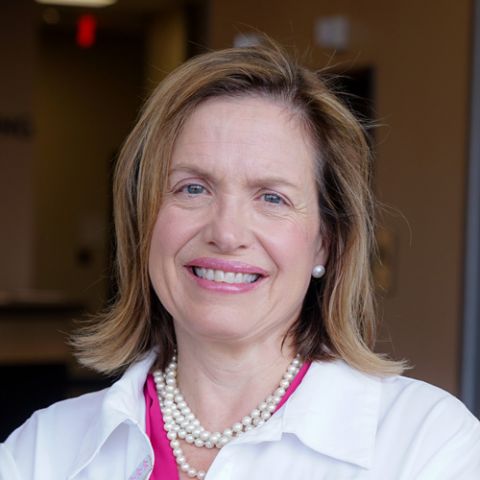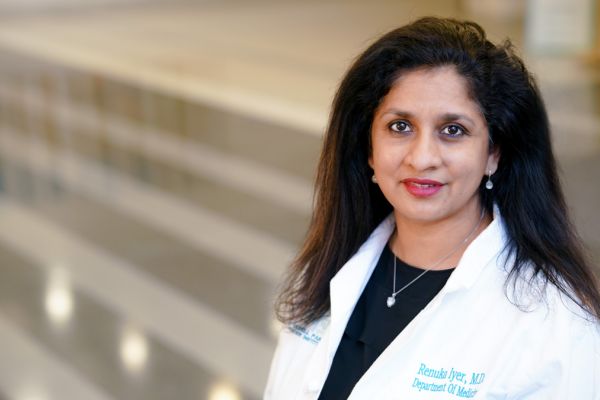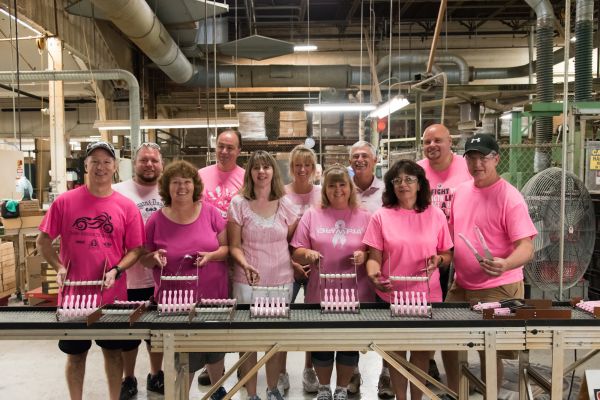Donations Put 3D Models in Surgeons’ Hands
Larson Hsu, MD, board-certified radiologist and Staff Physician in the Department of Diagnostic Radiology, is showing Ermelinda Bonaccio, MD, Chair of Diagnostic Radiology, how to use the new 3D virtual reality (VR) headset he’s programmed. Using special controllers in her hands, she grabs a 3D model she’s seeing and pulls it toward herself, then turns it around and upside down. Dr. Hsu made this 3D model from a CT scan of a patient’s cancer. It’s an exact model of his left lung with a lower lobe metastasis, which the surgeon will remove tomorrow.
Dr. Hsu’s lab has been equipped with this transformative program thanks to generous donor giving to the Roswell Park Alliance Foundation. VR helps surgeons be better prepared for surgery by showing them the real-life intricacies of cancerous tumors and patient anatomy, and how each has affected the other. In this case, they can see how this lung tumor has eaten into the patient’s airways, what kinds of blood vessels are involved and what might be at risk once excision begins.
Dr. Hsu is passionate about finding ways to use 3D technology to make surgery more predictable. As VR has become more commercially available in the video game industry, he started thinking about utilizing it in medicine as well. “I had been playing with virtual reality quite a bit. I had made art in virtual reality, too, and I thought, What if I can take these 3D models from the computer screen, bring them into virtual reality and see them right in front of me? That’s what we are doing here.”
He compares the process to painting, taking a 2D CT scan and transforming it into an interactive 3D model using FDA-approved software, tablet and pen. Surgeons can then use the VR headset before surgery to explore what awaits them inside a patient’s body and use portable headsets in the OR itself as a guide as they move through surgery.
Dr. Hsu is working on another fascinating way to use 3D models, too: a 3D printer also made possible by donations to the Alliance Foundation. It’s another critical component in the future of cancer surgery, he says.
With a 3D-printed, patient-specific anatomical model, doctors can not only see but feel exactly how a tumor surrounds and intertwines with an organ. They can feel the same things their fingers will actually touch when they operate on the patient. There’s more involved in getting a printer set up right now, and it comes with higher costs, but in a few years, he believes insurance will cover them.
Both methods are pretty amazing. “Once we have a 3D model, the potential is endless,” Dr. Hsu says.
There’s another benefit, too: Seeing 3D models of their cancer can help patients understand what’s going on with their disease and the potential impact of surgery. It can mean peace of mind when making a life-changing decision.
All this will make Roswell Park a pioneer in the use of 3D technology, Dr. Hsu says. He believes he’s holding the future in his hands.
“Look what we’re doing thanks to donor dollars!” he says. “I’m excited about the evolution of this rapidly developing technology.”
Make a Gift to Roswell Park
Find out more about the different ways to give to Roswell Park.
Learn more